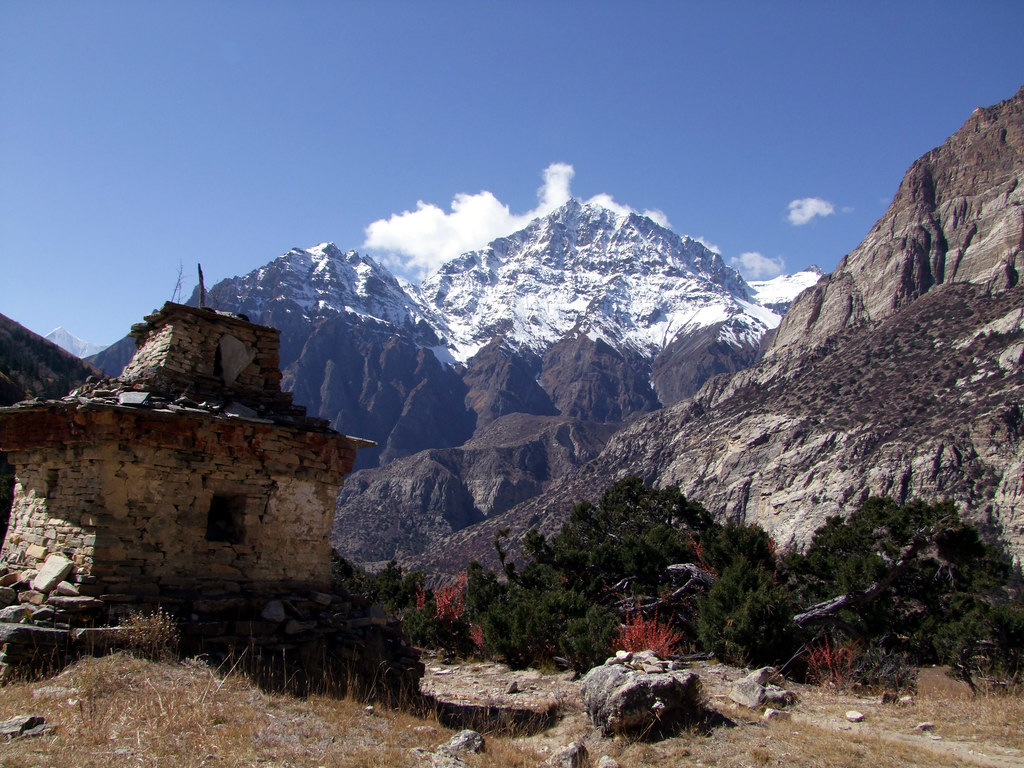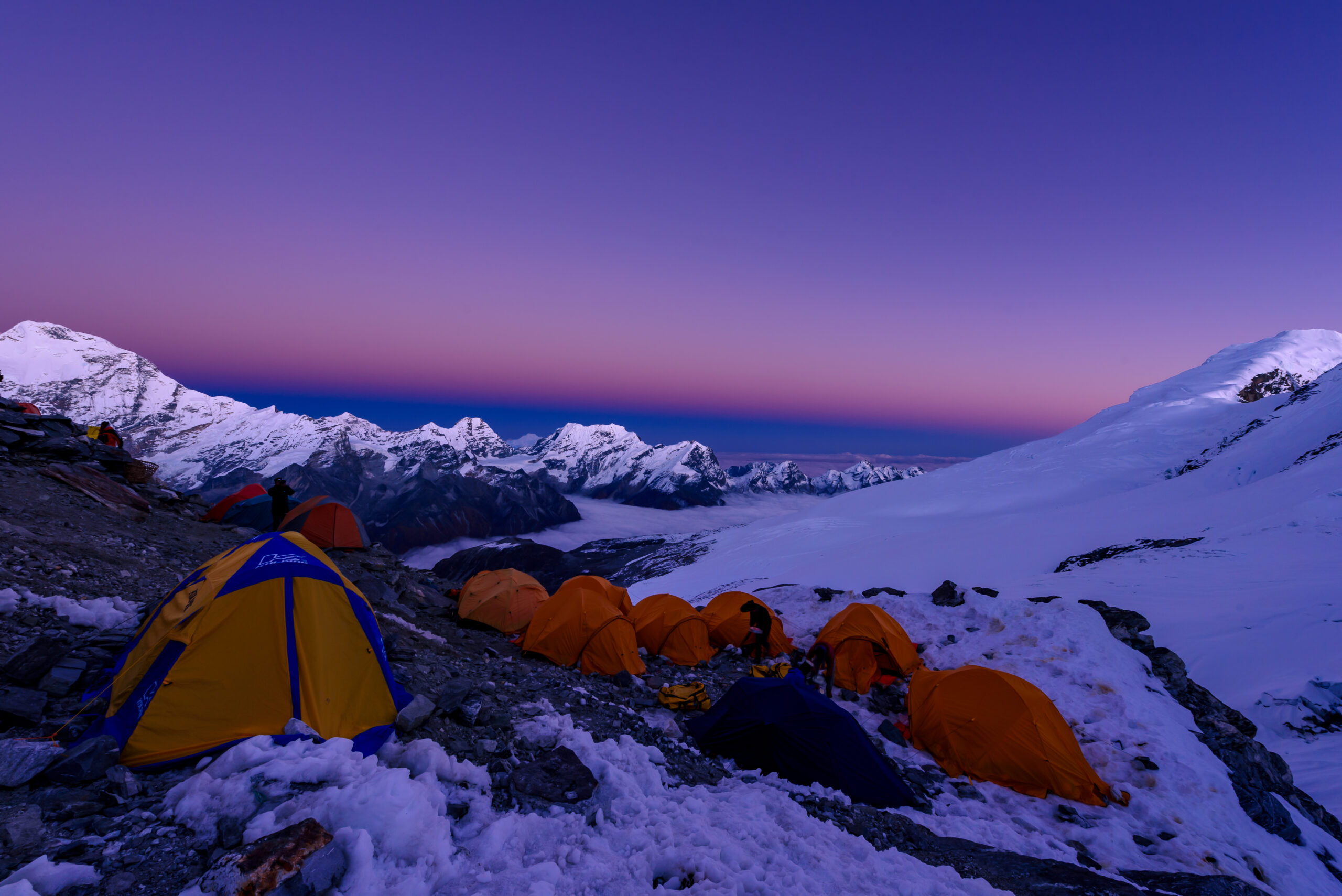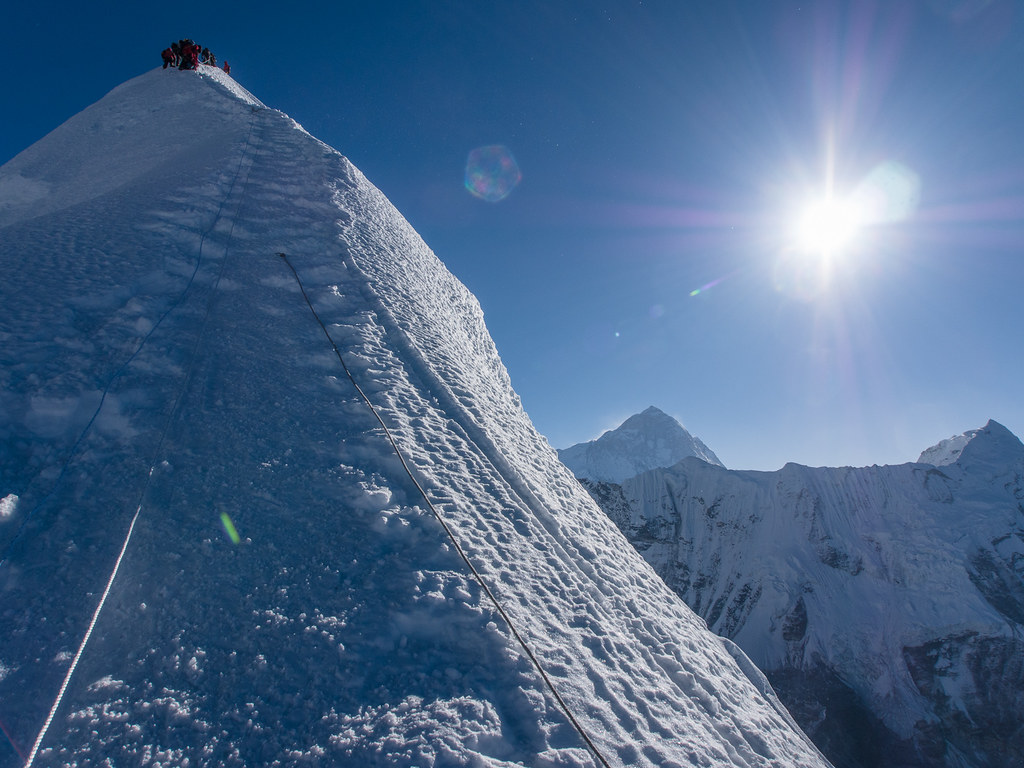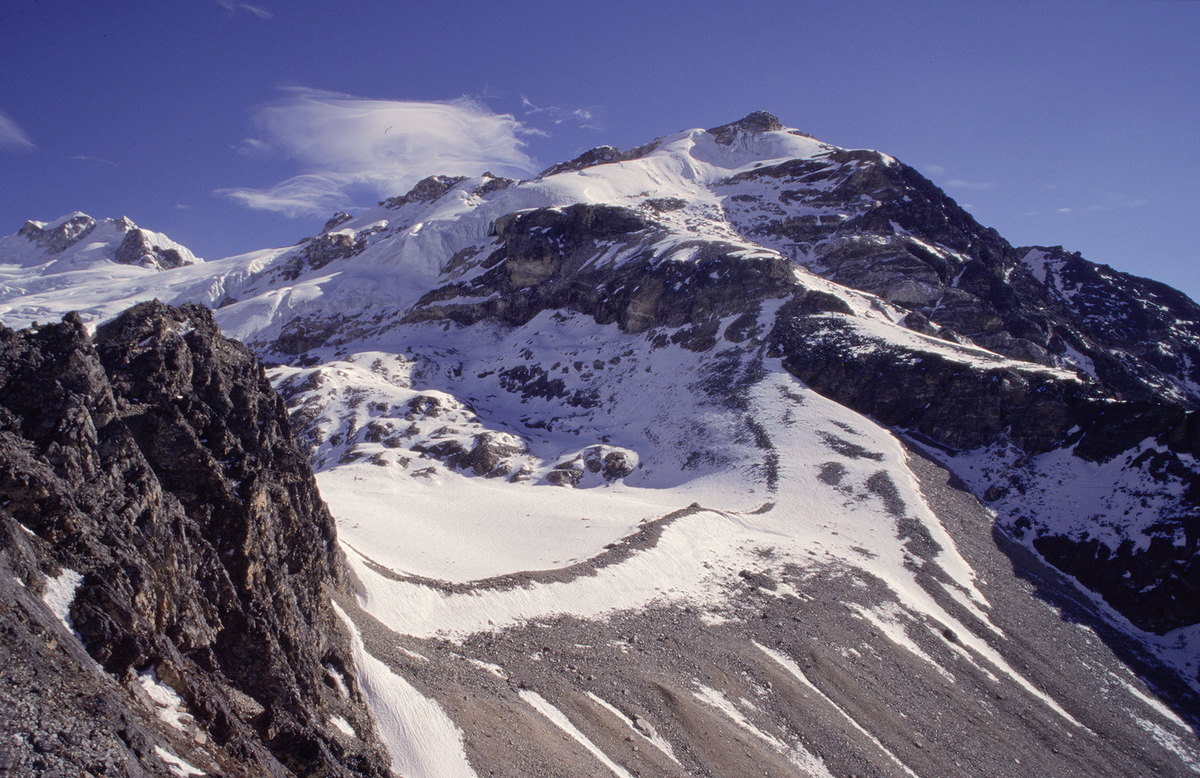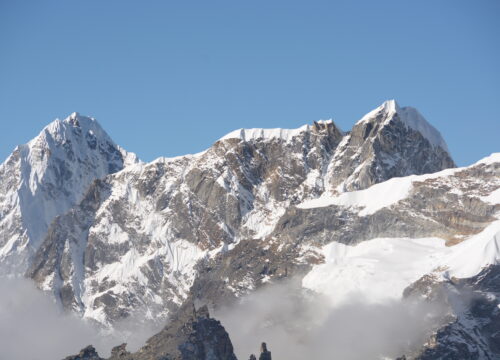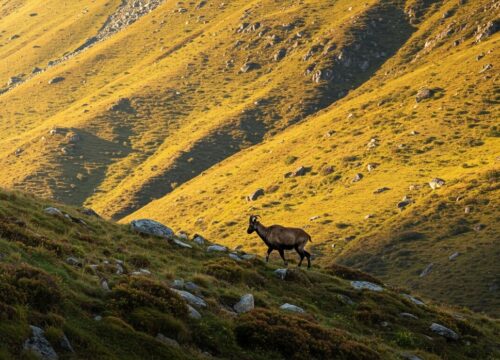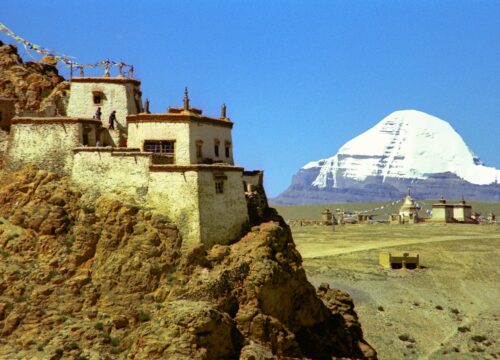Ama Dablam Expedition
From
Duration
Tour Type
Explore Tours
The Ama Dablam climbing expedition offers an exhilarating adventure, allowing climbers to tackle one of the most iconic peaks in the Himalayas. Renowned for its breathtaking beauty and technical challenges, Ama Dablam rises to 6,812 meters (22,349 feet) and is often referred to as the “Matterhorn of the Himalayas.”
The journey begins with a flight from Kathmandu to Lukla, followed by a trek through the picturesque Khumbu region. During this trek, climbers pass through vibrant Sherpa villages and lush forests. Key acclimatization stops include Namche Bazaar and Pangboche, which help climbers adjust to the altitude before reaching Base Camp.
Situated at approximately 4,570 meters (15,000 feet), Base Camp is where climbers prepare for the ascent by undergoing training in essential climbing techniques and equipment usage. The expedition typically involves establishing multiple high camps: Camp 1 at around 5,800 meters (19,029 feet) and Camp 2 at approximately 6,400 meters (20,965 feet), with a potential for a higher camp depending on conditions.
The route ascends the southwest ridge, recognized for its technical sections that require fixed ropes and careful navigation across exposed ridges and steep ice slopes. The climb from Camp 2 to the summit is particularly demanding, featuring steep ascents and traverses around hanging glaciers.
Summit day is a pivotal moment in the expedition, with climbers starting their ascent in the early hours of the morning to take advantage of stable weather conditions. The round trip to the summit can take anywhere from 8 to 12 hours, depending on individual pace and conditions. Upon reaching the summit, climbers are rewarded with breathtaking views of some of the world’s highest peaks, including Mount Everest and Lhotse.
The descent requires equal caution, as climbers make their way back through the camps before finally returning to Base Camp. The Ama Dablam expedition not only tests climbers’ technical skills and physical endurance but also provides an enriching cultural experience through interactions with local Sherpa communities along the way.
With its combination of stunning landscapes, challenging climbing routes, and rich cultural heritage, an expedition to Ama Dablam is a memorable experience for any mountaineer eager to push their limits in one of the most beautiful regions of the world.
Included/Exclude
Tour Amenities
Itinerary
Altitude: Lukla (2,840m/9,186ft), Phakding (2,610m/8,563ft)
A morning flight takes climbers from Kathmandu to Lukla. After landing, the trek begins with a 3-4 hour hike to Phakding. The trail follows the Dudh Koshi River and passes through charming Sherpa villages.
Altitude: Namche (3,440m/11,286ft)
The trek continues for about 5-6 hours towards Namche Bazaar, the main trading hub of the Khumbu region. This day involves crossing several suspension bridges and ascending through beautiful pine forests.
Altitude: (3,440m/11,286ft)
A full day is spent in Namche for acclimatization. Climbers can take short hikes to nearby viewpoints or explore the local market and Sherpa culture.
Altitude: Tengboche (3,867m/12,684ft)
Climbers trek from Namche to Tengboche in about 5-6 hours. This segment features stunning views of Ama Dablam and culminates at Tengboche Monastery, one of the most important monasteries in the region.
Altitude: Dingboche (4,410m/14,465ft)
The journey continues with a trek to Dingboche over approximately 5-6 hours. The trail offers panoramic views of the surrounding peaks and leads through picturesque villages.
Altitude: Dingboche (4,410m/14,465ft)
Another acclimatization day is spent in Dingboche. Climbers may hike up to Chukhung Ri (5,550m) for better acclimatization while enjoying breathtaking views.
Altitude: Ama Dablam Base Camp (4,570m/15,000ft)
On this day, climbers trek for about 5-6 hours to reach Ama Dablam Base Camp. This camp is set in a beautiful meadow with stunning views of the surrounding peaks.
Altitude: (4,570m/15,000ft)
A full day at Base Camp allows climbers to acclimatize further and prepare for the ascent. Training on climbing techniques and equipment usage is conducted under the guidance of experienced Sherpas.
Altitude: (5,182m/17,000ft)
Climbers ascend to Yak Camp for an overnight stay. This trek takes about 3-4 hours and serves as an important acclimatization step before moving higher.
Altitude: Camp 1 (5,800m/19,029ft)
The journey continues as climbers move from Yak Camp to Camp 1 over approximately 4-5 hours. This section involves navigating rocky terrain and establishing fixed ropes.
Altitude: (5,800m/19,029ft)
A rest day at Camp 1 allows climbers to adjust before continuing higher up the mountain.
Altitude: Camp 2 (6,400m/20,965ft)
Climbers ascend from Camp 1 to Camp 2 in about 5-6 hours. This section includes technical climbing on steep rock and ice.
Altitude: Camp 3 (6,600m/21,650ft)
The ascent continues as climbers make their way from Camp 2 to Camp 3 over approximately 4-5 hours. This camp serves as a staging area for the final summit push.
Altitude: Ama Dablam (6,812m/22,349ft)
Climbers begin their summit attempt early in the morning around midnight. The climb can take anywhere from 8-12 hours round trip. Upon reaching the summit and enjoying breathtaking views of the Himalayas, climbers descend back to Camp 2 or lower.
Altitude: Base Camp (4,570m/15,000ft)
After summiting Ama Dablam or depending on conditions and timing after descending back down through the camps.
Altitude: Lukla (2,840m/9,186ft)
Climbers retrace their steps back down through Dingboche and Namche Bazaar before reaching Lukla over several days.
Altitude: Kathmandu (1,350m/4,429ft)
After breakfast in Lukla, climbers take a flight back to Kathmandu. The remainder of the day can be spent relaxing or exploring more of what Kathmandu has to offer.
The best time to climb Ama Dablam is in spring (mid-April to May) or autumn (September to November)

